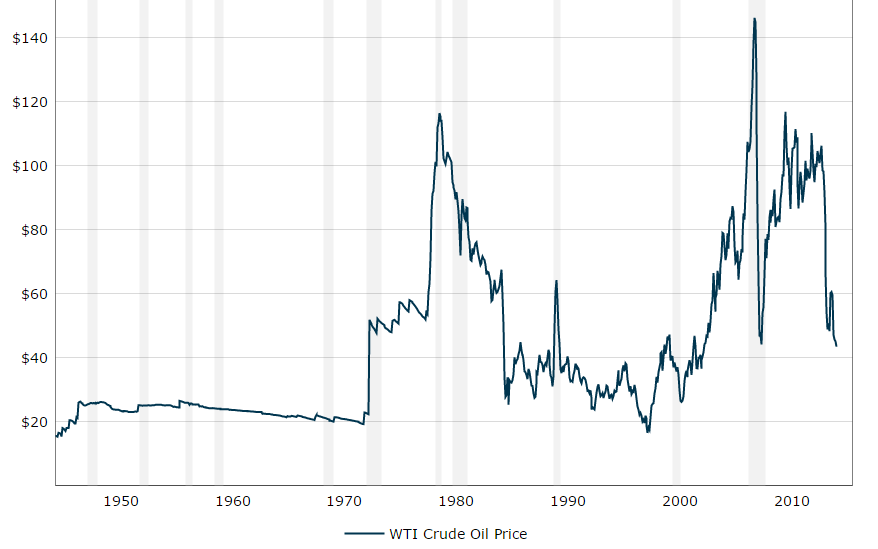Simplified Retirement Planning
Every average Canadian will eventually retire; leave the workforce and live off the income that they have saved. For most people, retirement will happen around the age of 65, and it usually comes with a significant drop in income. According to a Statistics Canada report that looked at incomes in 2012, 12% of all seniors are Read more about Simplified Retirement Planning[…]







